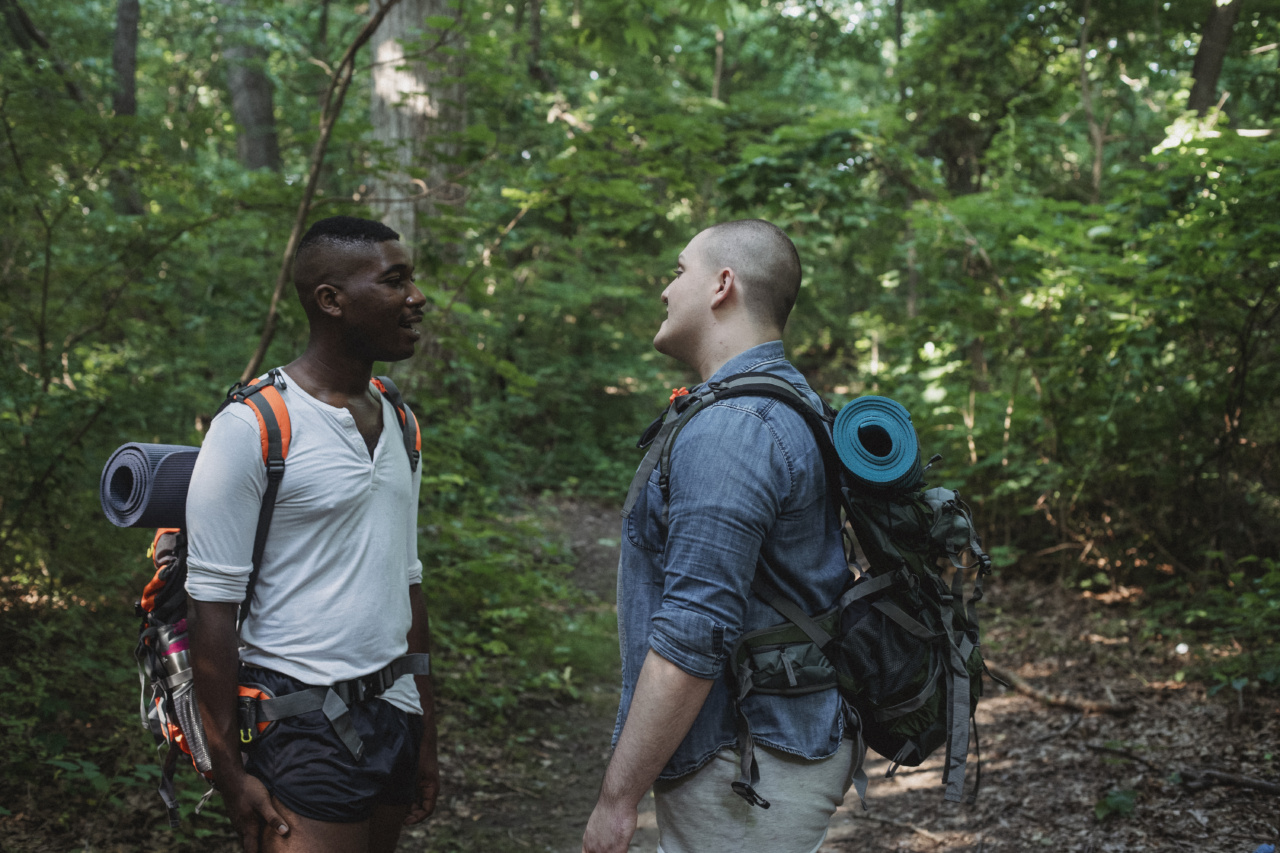Do you often carry a heavy bag or backpack on one shoulder? Do you notice pain or discomfort in your shoulders, neck, or back as a result? According to orthopedic experts, carrying a heavy load on one side of your body can lead to a variety of conditions, including arthritis.
The Science Behind the Connection
Arthritis is a broad term used to describe inflammation and pain in the joints. It can occur as a result of wear and tear on the joints over time, or it can be caused by an injury or infection.
One common cause of arthritis is repetitive stress on a joint, which can lead to damage and inflammation.
When you carry a heavy bag on one shoulder, you are putting extra stress on that side of your body. Over time, this can lead to joint damage and inflammation, which can eventually lead to arthritis.
The weight of your bag also puts pressure on your spine, which can lead to postural imbalances and back pain.
The Effects of Heavy Bags on Your Body
Carrying a heavy bag on one shoulder can have a range of negative effects on your body, including:.
Shoulder Pain
Carrying a heavy bag on one shoulder can lead to shoulder pain, as the weight of the bag puts strain on the muscles and tendons in the shoulder.
Over time, this can lead to inflammation and damage to the joint, which can contribute to arthritic changes.
Neck Pain
The weight of the bag can also cause tension in the neck muscles, which can lead to stiffness and pain. This can be particularly problematic if you spend a lot of time looking down at a computer or phone screen, which can exacerbate the problem.
Back Pain
The weight of the bag can put pressure on the spine, which can lead to postural imbalances and back pain. Over time, this can contribute to degenerative changes in the spine, which can increase the risk of arthritis.
Nerve Damage
Carrying a heavy bag on one shoulder can also compress the nerves in the neck, leading to numbness, tingling, and weakness in the arm and hand.
This can be a sign of a more serious condition, such as a herniated disc, and should be evaluated by a doctor.
How to Prevent Bag-Related Arthritis
The good news is that preventing bag-related arthritis is relatively simple. Here are some tips to help you avoid joint damage and inflammation:.
Choose the Right Bag
When shopping for a bag, look for one that has wide, padded straps that distribute weight evenly across your shoulders. Avoid bags with thin straps or those made from heavy materials, which can increase the pressure on your joints.
Limit the Weight of Your Bag
Try to limit the weight of your bag to no more than 10 percent of your body weight. If you need to carry more than that, consider using a rolling bag or backpack with two straps that distribute weight evenly.
Switch Sides
If you must carry a bag on one shoulder, switch sides frequently to avoid placing too much stress on one side of your body. Ideally, you should avoid carrying bags on one shoulder altogether.
Exercise Regularly
Regular exercise can help improve posture and strengthen the muscles that support your joints, reducing the risk of injury and inflammation. Focus on exercises that target the shoulders, back, and core muscles.
Stretch Often
Stretching can help relieve tension in the muscles of the neck, shoulders, and back. Take breaks throughout the day to stretch and move your body, particularly if you spend a lot of time sitting at a desk or computer.
Conclusion
In conclusion, carrying a heavy bag on one shoulder can lead to joint damage and inflammation, which can contribute to arthritis.
To prevent bag-related arthritis, choose the right type of bag, limit the weight of your bag, switch sides frequently, exercise regularly, and stretch often. By taking these steps, you can protect your joints and reduce your risk of developing arthritis in the future.






























